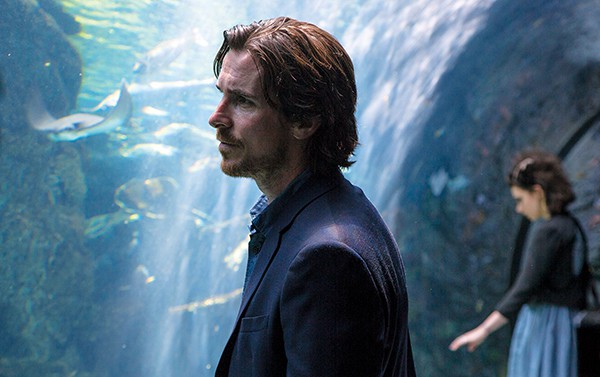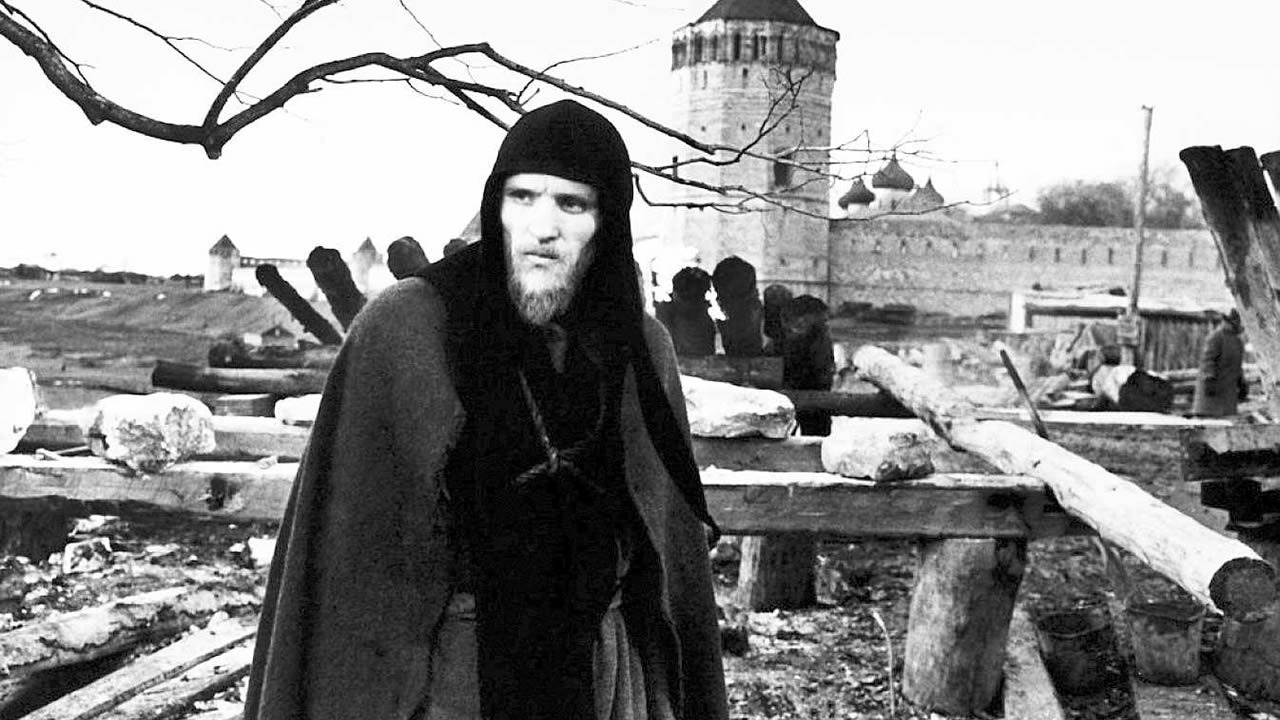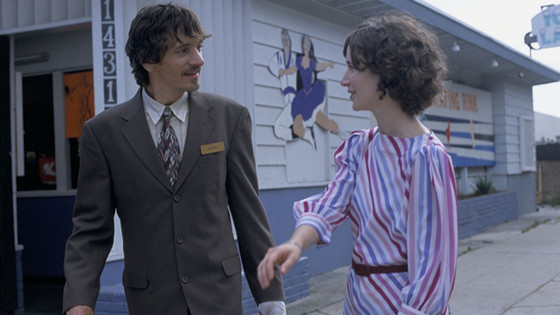
Arthur Schopenhauer, a German philosopher, metaphysician, psychologist and aesthetician was a formidable influence upon the consciousness of 19th century Europe. His ideas have had a profound impact on the way we continue to relate ourselves to the world, and how our experiences shape our understanding of the nature of our symbolic representation of our innate will to action, and our desire to impress a part of ourselves upon the world.
His best known work, The World as Will and Representation, presents human desire (what Schopenhauer describes as our “will”) as a fused aspect of our being, which impresses itself upon our actions and subsumes our actions, desires, dreams and choices into a greater ether of psyche. In essence, Schopenhauer traces his understanding of “will” from Immanuel Kant’s idea of a phenomenological (or perhaps an anti-phenomenological) entity known as a “noumenon”.
To Kant, a noumenon was rendered as “the thing-in-itself”, that is to say simply, a noumenon is the aspect of a real thing that exists outside of our perception. To Schopenhauer, human “will” was part of this noumenal understanding of reality. “Will” was outside of regular human experience, yet inextricably interwoven within it. Rendered plainly, Schopenhauer posited that “will” propelled human (and non-human) action, and conflicts with the egoism of humans and animals.
In resolving this conflict, Schopenhauer attempted to synthesize the ideals of continental philosophy (Particularly the ideas of Kant, Rousseau and Hume) with eastern spirituality, which at the time was newly and readily becoming available for study thanks to translations of Hindu and Buddhist texts by European scholars living and working within the colonies of the European colonial powers at the time (Germany, England, Austria-Hungary, etc.)
Schopenhauer was particularly interested in the idea of transcendence that is discussed within Buddhism and Hindu theology. He was especially taken with the idea of cyclical rebirth and the concept of karma and drew heavily from the Hindu Upanishads within his construction of his metaphysical perspective/narrative which he explores in The World as Will and Representation as well as the more extensively exploratory works The Fourfold Root of the Principle of Sufficient Reason and the cathartic On the Suffering of the World.
Schopenhauer’s ideas still percolate both academic and popular consciousness, and many of our westernized understandings of Eastern Religions (though sometimes incorrect or naive) can be attributed to Schopenhauer’s renderings of these ideas within a European context and mindset.
His ideas are felt within modern literature (Borges, Samuel Beckett, Tolstoy), physics and math (Wittgenstein, Einstein), in the works of modern philosophers (Jung, Schrodinger, Horkheimer) as well as within music and performing arts (Wagner, Dvorak, Schoenberg).
Below is a list of films that either deal directly with Schopenhauerian ideas or could be read within the context of Schopenhauer’s philosophy.
10. The End of the Tour (2015)

James Ponsoldt’s The End of the Tour, a biopic based on David Lipsky’s (Jesse Eisenberg) mid-90s roadtrip with the reclusive and postmodern literary wunderkind David Foster Wallace (Jason Segel) is an illuminating cinematic treatise on the nature of selfhood, celebrity and the work of art in modern society.
The context of a road trip-meets-buddy movie is deconstructed and repositioned as a sort of dialogue with Wallace, in the form of Segel. It’s a swan-song for the personality of Wallace, but Ponsoldt sort of seeks to make this a compendium or filmic pocket book of Wallace’s thoughts. In the film Segel, as Wallace states:
“It may be what in the old days was called a spiritual crisis or whatever. It’s just the feeling as though the entire, every axiom of your life turned out to be false, and there was actually nothing, and you were nothing, and it was all a delusion. And that you were better than everyone else because you saw that it was a delusion, and yet you were worse because you couldn’t function.”
This ties directly into what Schopenhauer touched on in Will and Representation, particularly with reference to his ideas of the influence of egoism upon the working of desire and the unknowability of what exactly causes our actions to be guided by a force outside of us. Schopenhauer’s fascination with asceticism is also touched on by this point and reflected within Wallace’s commentary on the “delusionary” nature of experience or the falsehood of “self”.
In Will and Representation Schopenhauer discusses at length how the realization of the illusion of life can be confronted by the “release” of will through such practices which lead to the reconciliation of the delusion of self and the reality of “will”.
As we are introduced to Lipsky and Wallace in the film, both writers are in the process of this realization that egoism ultimately leads to suffering and are in the midst of attempt to reach a sort of release of “will” (expressed by their sort of secondary observances of society, rather than a direct participation within it).
Their isolation (Wallace’s in his midwestern home) and Lipsky’s alienation of those around him speak to their desire to break free from egoism which is made more complex by their fascination with the society they wish to emancipate themselves of.
It makes the film particularly interesting as a dichotomous exploration of self as the very title of the film itself suggests that there is an end, but the narrative of the film relates to us that there is potentially no end to the experience of selfhood (and our desire to release ourselves of delusion) as long as we are alive. There is no End to the Tour.
9. Knight of Cups (2014)

Terence Malick’s Knight of Cups is itself a work of philosophical musings on the nature of “will” and how it shapes the personas we inhabit as actors and beings within the world. The narrative of the film relates specifically to how fame and celebrity and the pursuit of desire can render one bound to “will” (desire) rather than released from it.
In the pursuit of self-discovery, Rick (Christian Bale), a Hollywood screenwriter becomes disillusioned with the phantasmagoria of modern existence. In the hopes of removing himself from desire, he becomes increasingly set into a habit of acquiescence to the power that “will” has over his decisions. Schopenhauer wrote:
“Wealth is like sea-water; the more we drink, the thirstier we become; and the same is true of fame.”
Which is tonally and thematically reflected within Knight of Cups, with Helen (played by Freida Pinto) stating:
“No one cares about reality anymore.”
In this way, Malick is paraphrasing Schopenhauer’s understanding that the true reality is a matter of consensus by our manipulation by the forces of desire.
8. Andrei Rublev (1966)

Andrei Tarkovsky’s Andrei Rublev is a masterful tour-de-force encompassing a wide variety of themes, tones, motifs as well as providing a certain amount of insight into the personal philosophies and ideologies of Tarkovsky himself.
The film is loosely based on the life of artist Andrei Rublev, a late medieval painter of frescos and Orthodox iconography. By using Rublev as a sort of parabolic avatar into which Tarkovsky ideas on modernity are expressed, we are able to see the influence of more contemporaneous philosophical traditions be infused within the narrative of Rublev’s life as well as within his artistry.
The film has been discussed as a sort of subversive critique of the Soviet regime, drawing parallels between the repressiveness of the Soviet authorities and those of the tsardom of 15th century Russia.
Although, it’s never specifically mentioned in the film, Tarkovsky had a fondness for Schopenhauer’s philosophy, quoting him in his diary:
“The Universe is a dream dreamed by a single dreamer where all the dream characters dream too.”
As in many of his films, but specifically Andrei Rublev, Tarkovsky casts light on the subject of dreams and how they can be made to influence reality. The dreamlike imagery that surrounds Andrei and his companions is reminiscent of the machinations of imagination, with the lack of colour in the film used to differentiate reality from the coloured ending of the film, which depicts his creations.
In using the conflict between color and greyscale, Tarkovsky attempts to delineate imagination and dreams from the nature of will, which holds sway over our actions (for instance, Rublev deciding to join a monastery in atonement for his sins which were seemingly not under his conscious control, and rather could be said to have been pressed by a Schopenhaurian concept of “will”).
7. Kumiko the Treasure Hunter (2014)

David Zellner’s Kumiko the Treasure Hunter is slightly less sophisticated (or ostentatious, if you prefer) in its presentation of the themes it shares in common with its companions on this list.
The film concerns itself with an isolated and lonely Japanese office worker, Kumiko (Rinko Kikuchi). She suffers silently under her boss, whom continually demeans her, and coworkers who refuse to treat her kindly. She remains at home and watches American cult films, and eventually becomes convinced that Fargo is real and that the treasure buried by Steve Buscemi at the end of the film is real too.
To that end, her fantasies can be seen as an expression of Schopenhauer’s understanding of the relationship between sanity and madness. He describes it as such in The World as Will and Representation:
“The mind, tormented so greatly, destroys, as it were, the thread of its memory, fills up the gaps with fictions, and thus seeks refuge in madness from the mental suffering that exceeds its strength, just as a limb affected by mortification is cut off and replaced with a wooden one. “
Kumiko’s trip to the United States in search of Fargo’s treasure speaks to the nature of desire’s influence on perceptual understandings of personal reality. In her yearning to escape her life, Kumiko’s mind creates a fiction that is better suited to her desires. This fictional creation is a sort of cognitive safeguard, which protects our perception of reality from shattering. Schopenhauer continues:
“A faint analogy of this kind of transition from pain to madness is to be found in the way in which we all frequently try, as it were mechanically, to banish a tormenting memory that suddenly occurs to us be some loud exclamation or movement, to turn ourselves from it, to distract ourselves by force. “
By forcing a cognitive distraction, Kumiko absolves her mind of its stress and subsumes herself into the protective fiction of her creation.
6. Me and You and Everyone We Know (2005)

Miranda July’s Me and You and Everyone We Know from 2005 is an exploration into the minds of eccentrics and by extension a subsequent exploration into the eccentric part of all of us that is seemingly at odds with our more rational expressions of selfhood.
It is ultimately about how our eccentricities our tied into the formation of our consciousness and how we use these expressions of eccentricity (or perhaps those aspects of ourselves that make us unique) in order to make connections with each other. In essence, it could be said that it’s an exploration of loneliness and how people are able to overcome this by opening the more fragile parts of ourselves to others.
In this way, the genius of a person comes not from their immediate successes (as is shown by Miranda July’s character being constantly shunned by the artistic community for her odd multi-media projects or John Hawkes’ character’s isolation from his family) but rather for how our high expressions of selfhood in the forms of art or in other forms of self-realization (Brandon Ratcliffe as Robby’s naive and child-like acceptance of the curator’s fetish is an act of self-realization in that he learns there are multitudinous ways of expressing attraction.). Schopenhauer tackles this in The World as Will and Representation by stating:
“That books do not take the place of experience, and that learning is no substitute for genius, are two kindred phenomena; their common ground is that the abstract can never take the place of the perceptive.”
In understanding that abstractions cannot take the place of interactions, Miranda July is able to institute a Schopenhauerian worldview within her film that acknowledges the need for experience and connection over a simply abstract isolation.